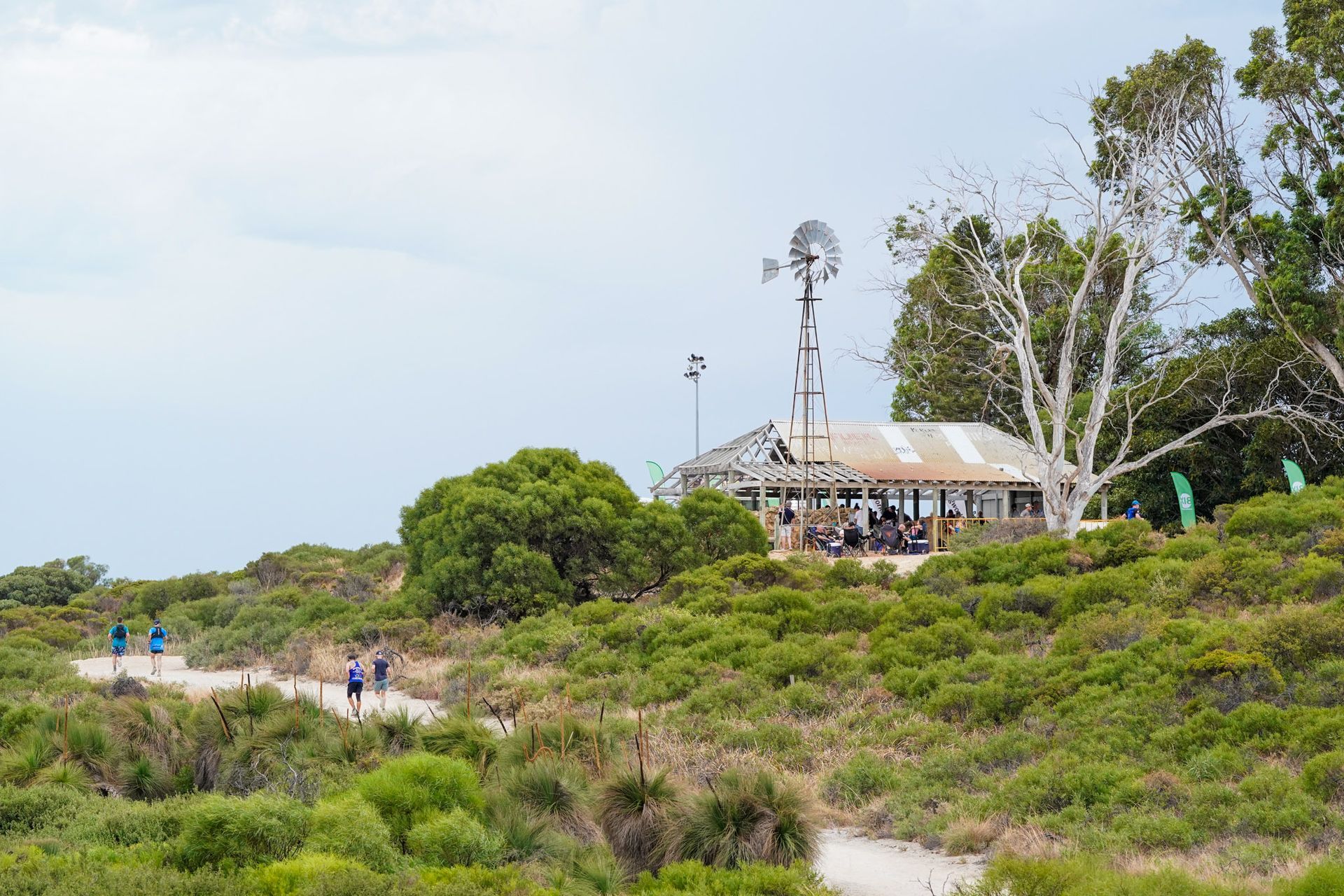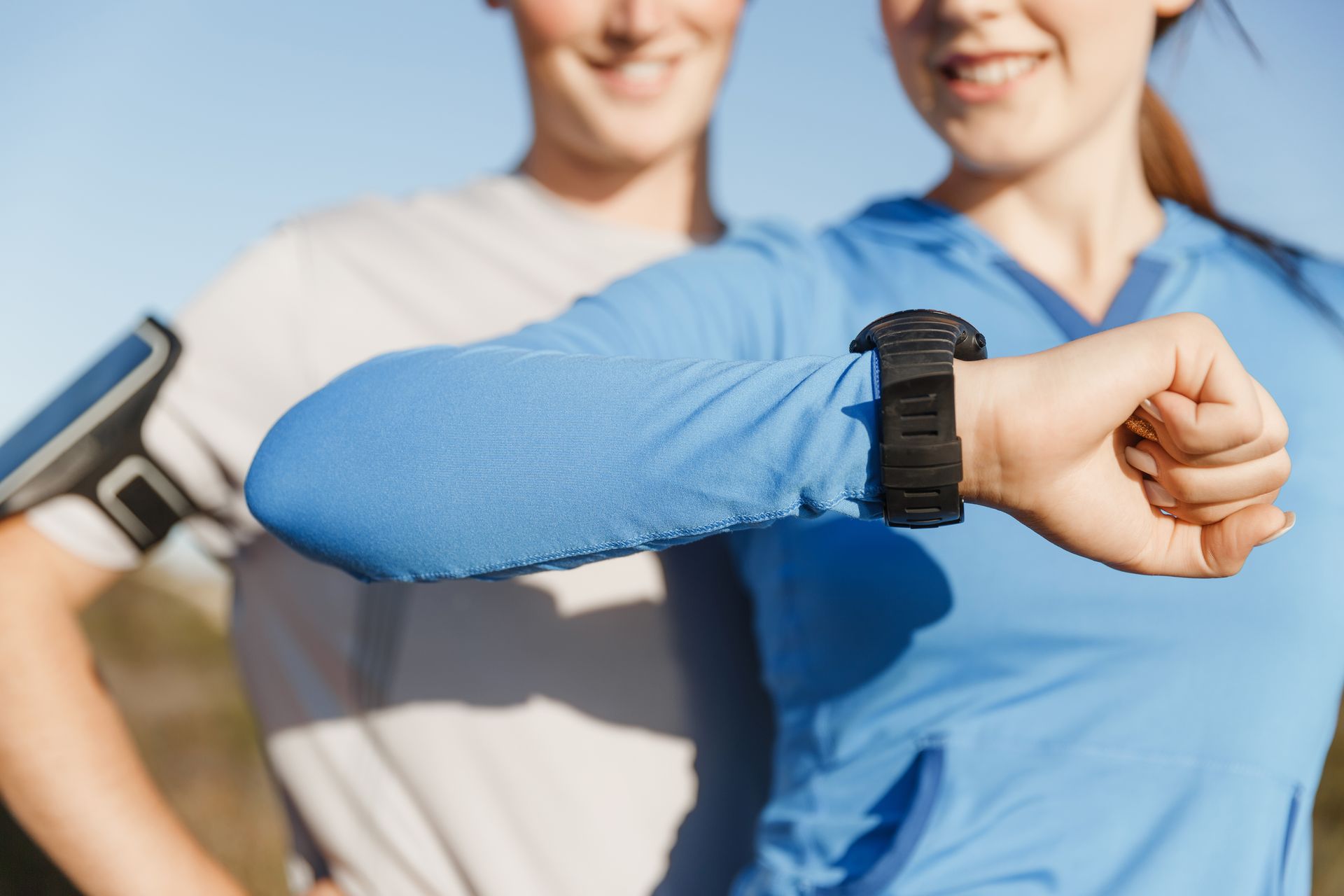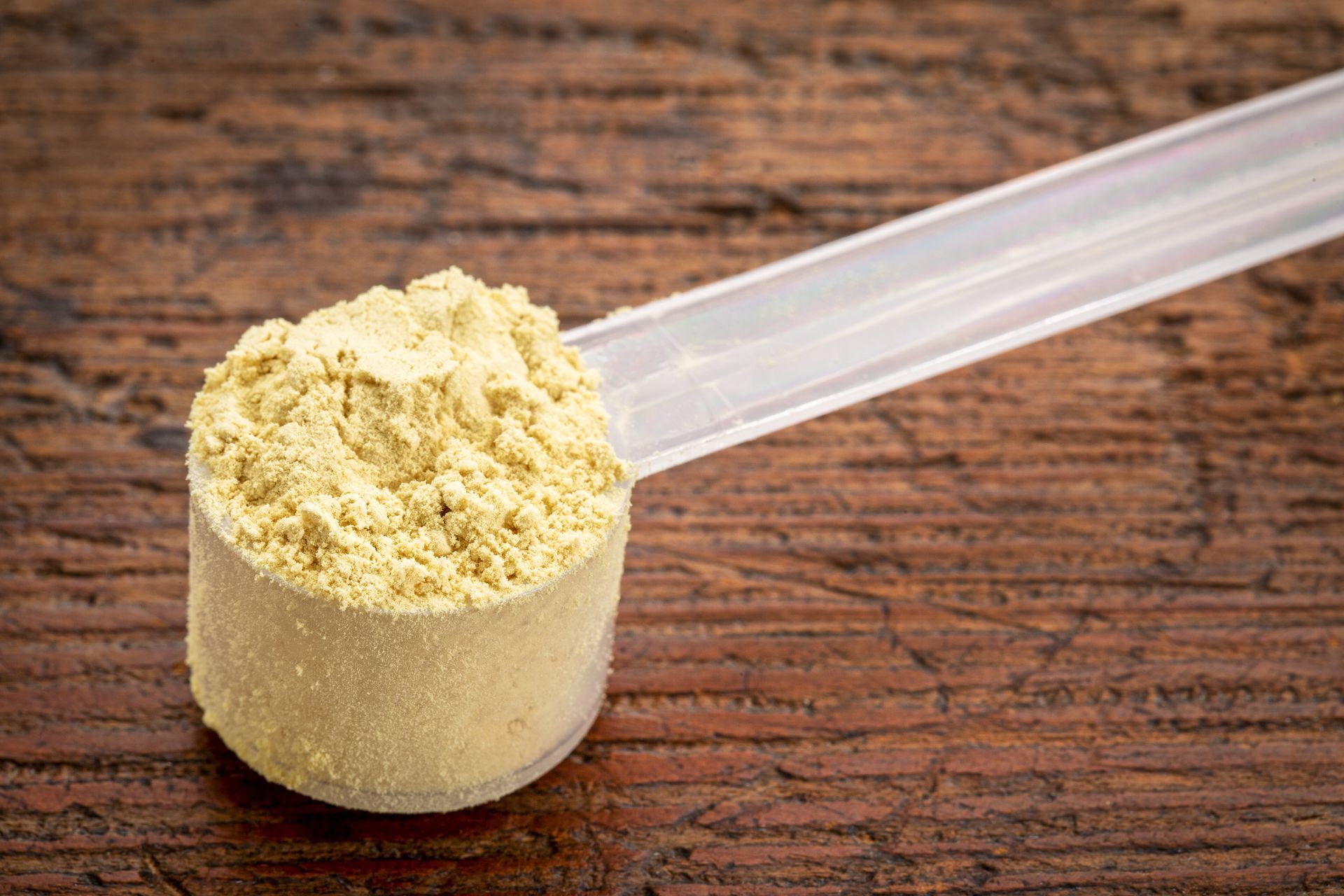
COACH’S CORNER - How To Manage That Pain In the Butt by Jenny Morris
jenny morris gives you the lowdown on hamstring tendinopathy and how to manage that 'pain in the butt'

As runners I bet you have experienced that “Pain in the Butt” at least once, or if you are like me, many times.
Have you noticed a pain in the buttocks that just won’t go away? Then you may have what is called a proximal hamstring tendinopathy. This article will describe the ins and outs of a hamstring tendinopathy and how to treat it!
What is Hamstring Tendinopathy?
A proximal hamstring tendinopathy is a pathology of the high hamstring tendon where it attaches to the ischial tuberosity (sit bone of the buttock). Typically, we see this condition in runners who have suddenly increased their training volume/intensity or started hill running. Those with a developed hamstring tendinopathy will complain of a deep, annoying buttock pain during activities such as hill walking, running and/or prolonged sitting/driving.
What is the role of the tendon in Hamstring Tendinopathy?
A tendon’s role is to attach muscle to bone. Tendons are designed to take compressive and tensile loads. A normal tendon is made up of a fibrous tissue containing highly organised type one collagen. You can imagine the structure of the tendon looking like a rope.
Within the tendon there are specific cells which are responsible for looking after the tendon structure. Tendons do receive blood supply, however this supply is less at the point where the tendon attaches onto the bone. Consequently, this is commonly where a tendinopathy will occur.
What causes the tendon to become pathological and painful?
To keep it simple, tendons do not like sudden changes. A sudden change in load through the tendon causes adverse changes to the tendon.
When there is too much load through the tendon that exceeds its ability to recover, the structure of the tendon changes and becomes pathological. When the tendon is unhappy the collagen becomes disoraganised and unfavourable changes occur to the cellular and neurovascular components.
Reactive tendon phase
- Due to an acute overload of activity
- The tendon will temporarily thicken to decrease the stress (no inflammation involved)
- The tendon can reverse back to a normal if load is reduced or sufficient time for repair is allowed – but if we keep running which we all tend to do the pain just increases.
Tendon disrepair
- Chronically overloaded tendon and failed attempt at healing
- More adverse tendon changes.
- Reversibility is possible with load management and progressive exercises to stimulate the tendon matrix.
Degenerative tendon
- Continual progression of tendon changes with areas of cell death. A good analogy is to imagine a degenerative tendon looking like a donut. The unhealthy part of the tendon is the hole in the donut and the healthy tendon is the donut part. Management focuses on treating the doughnut rather than the hole!
- More common in the older individual – Like me at 55, but I’ve been suffering with High Hamstring Tendinopathy for years now.
- Little capacity for reversibility.
- Continue load management and strength training to maximise the tendon’s tolerance.
Common Symptoms of Hamstring Tendinopathy
- Deep buttock pain with prolonged sitting, driving, running, that may radiate down the back of the thigh
- Morning stiffness felt deep in the buttock and extending down to the back of the thigh.
- Pain and stiffness with initiation of activity, but as the tendon warms up, the pain will settle. After activity there is often more pain which can be delayed for up to 48 hours.
What will aggravate an unhappy tendon?
Activities that involve prolonged compression and/or stretch-shorten loading of the tendon that exceeds the healing capacity. These activities include:
Compressive loads (squashes the tendon under the sit bone)
- Prolonged driving > 30minutes
- Prolonged sitting >30minutes
Compression with activity loads
- Uphill running
- Deep lunges or squats
- High speed running
- Long distance running
Diagnosis of Hamstring Tendinopathy
Pain with physiotherapy provocation clinical tests including: the passive bent knee stretch test, straight leg hamstring stretch test and resisted hamstring tests.
Tendinopathy can be confirmed on MRI and ultrasound. However changes to tendon structure have been identified in non symptomatic tendons.
Treating Hamstring Tendinopathy
- Relative rest or small reduction in training volume. Avoid complete rest because tendons do not like rest.
- To manage sitting pain, stand up and walk around regularly, use a cushion, raise your chair height, move your car seat forward, and use cruise control when possible.
- Tendon pain relieving exercises: trial these two exercises to help relieve the tendon pain. The first one is a buttock squeeze which will help create a muscular pillow under the hamstring thereby relieving the compression. The second one is digging your heel into the ground while sitting. This creates an isometric contraction of the hamstring (contracting the muscle without a change in length) thereby helping to relieve tendon pain.
- Avoid stretching the painful tendon because this will increase tendon pain.
Gradual loading program
- A gradual tendon loading program developed by your physiotherapist. The loading program will often consist of heavy slow resistance training which has shown to have the best stimulus for improving tendon structure.
- Muscles that will be strengthened may include: the hamstrings, gluteal muscles and side abdominal muscles.
The best exercises for Hamstring Tendinopathy
- Isometric contractions (best medicine!!)
- Arabesques
- Nordic Hamstring Drops
- Hamstring Curls
- Side Planks
Take relative rest from compressive loads such as sitting and make some adjustments to manage your sitting pain. Don’t stretch the hamstring tendon because this can make it more unhappy. Work with a physiotherapist to construct a gradual tendon strengthening program. Then work with your coach when it is safe to return to a run/walk program.
If this approach doesn’t work you can be referred by your GP or Physio to a specialist for consideration of PRP (Platelet Rich Plasma) Injections.
I’ve suffered this diagnosis more times than I wish to share and have now been the receiver of PRP injections to both my Hamstring insertion areas back through October - December 2023 (Right leg) and during Aug – Sept 2024 (Left leg) And I am currently experiencing pain again in the right leg. Lucky me…
I’d be happy to share my experience and how I gradually returned to running post PRP. Is it better. No way. Is it manageable – Yes!
Jenny Morris is a Level 2 coach at Team J, based in NSW. She has coached multiple runners to 100km and milers and all the distances leading up to these. Jenny predominantly excels in the ultra field, including the female winner at the inaugural Bondi to Manly Ultra in 2022.
iF YOU WOULD LIKE MORE INFORMATION ON BEING TRAINED BY Jenny, CLICK THROUGH HERE TO OUR AURA ENDORSED COACHES PAGE.









